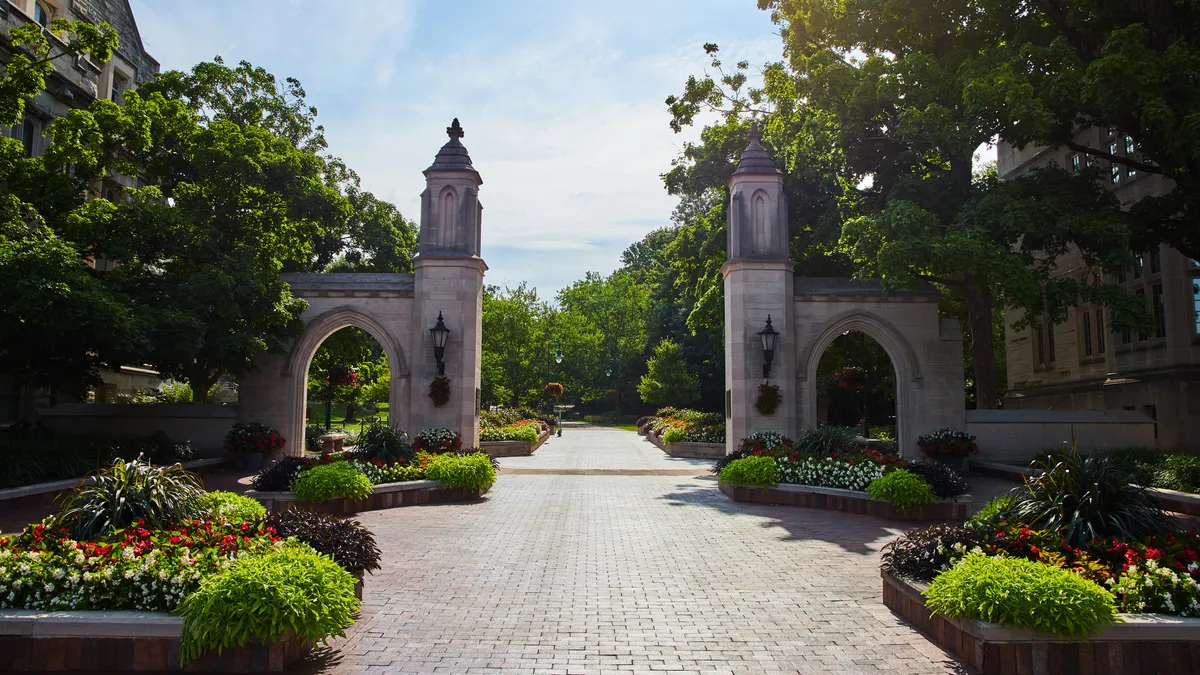Dive Brief:
- Having more community colleges per capita increases the chances that students will complete high school and graduate from college, according to a new working paper.
- It is also linked with higher earnings, especially among white and Hispanic people, and a slew of positive health behaviors, including an increase in the frequency of exercise and a lower chance of smoking.
- The findings come as federal and state policymakers debate whether to lower or eliminate tuition for community colleges in order to boost their enrollment.
Dive Insight:
Decades of rising college costs have contributed to "renewed" interest among policymakers "in dramatically raising subsidies for higher education," particularly for community colleges, the report's authors note.
Increasing access to college could help fill some of the nation's jobs that require workers who have earned a high school diploma but don't have a four-year degree. These roles have grown to account for about a quarter of jobs that pay at least $35,000 for younger workers and $45,000 for older workers, according to a 2018 report from Georgetown University's Center on Education and the Workforce.
One increasingly popular way policymakers are trying to increase college attainment is through programs that offer students free tuition at two- and some four-year colleges if they meet certain requirements. So far, about a quarter of states have such programs in place.
Tennessee, which rolled out a free college program in 2015, has seen its applicant numbers rise each year after, according to an annual report. A study examining Oregon's free college program, which was implemented in 2016, found similar results in its first two years.
At least one previous study, the new paper notes, has found a link between community college enrollment and a drop in its sticker price.
The Democratic candidates for president have made it a campaign priority to expand free college programs.
Front-runner Joe Biden has proposed making community college tuition-free for up to two years. His plan would be open to part-time and adult students, a policy that some argue is key to expanding college access.
Two other top candidates, Sens. Elizabeth Warren and Bernie Sanders, have gone a step further, pledging to make tuition free at all public colleges, including four-year universities.
And Pete Buttigieg, mayor of South Bend, Indiana, has proposed making public colleges tuition-free for American families earning $100,000, and lowering costs for families earning between $100,000 and $150,000.
As free college programs take off, some observers warn that community colleges could see enrollment growth of lower-income students who need more support than their higher-income peers.
Martha Kanter, executive director of the College Promise Campaign, told Education Dive last year that several colleges in states or jurisdictions that offer such programs have realized they need more financial support for emergency grants, child care, transportation and other costs that can make attending college prohibitive.
Similar concerns exist at the four-year level. An influx of students from free college programs could squeeze public colleges' budgets and push them to create new revenue streams to make up for lost tuition dollars.









